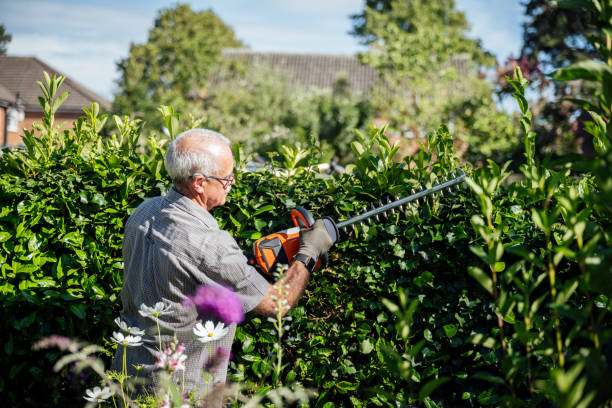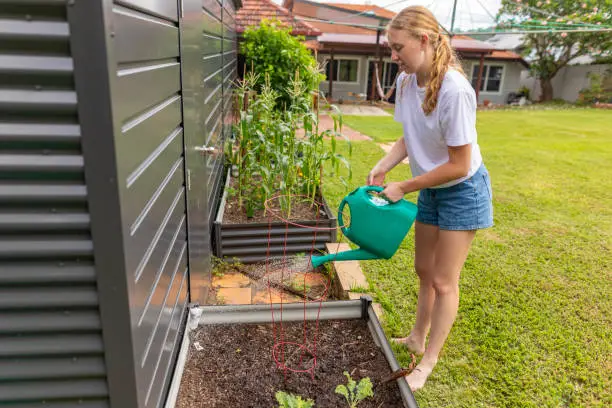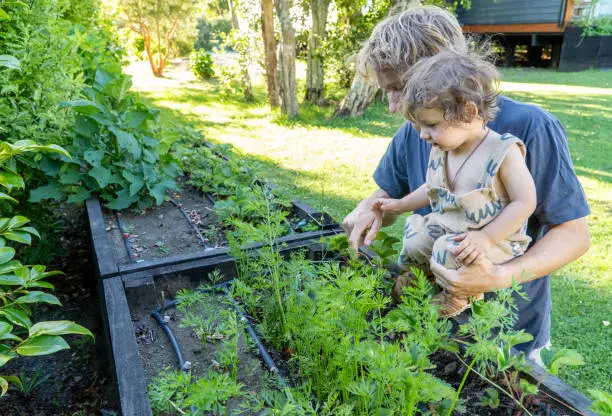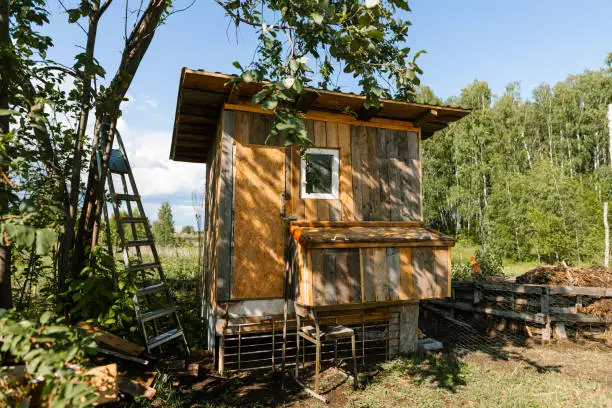Imagine turning your water waste into a resource. Greywater systems help backyard homesteading. These systems reuse sink, shower, and washing machine water for irrigation or toilet flushing and give your water a second chance.
Why bother with greywater?
Let’s start with why you care about greywater. Water is valuable if you live off-grid or in a drought-prone area. Reusing greywater saves freshwater use and utility expenditures. It also promotes sustainability and makes you feel like an eco-warrior.
Setting Up Your System
Start with a simple setup without an engineering PhD. Find out where most of your greywater is—probably the bathroom and laundry area. This water needs pipes to go to your garden or storage tank.
A straightforward system moves water from A to B using gravity. Imagine piping your washing machine outside to a mulch basin around fruit bushes. Easy-peasy!
Smart Plant Selection
Some plants tolerate greywater better than others. Choose resilient fruit trees, shrubs, and flowers that flourish in nutrient-rich but slightly soapy water.
Remember my neighbor Joe? He used greywater on his delicate flowers and got sad-looking stalks. Choose hardy plants that won’t mind soap bubbles.

Professional vs. DIY Installation
Handy people may enjoy DIY. There are many online instructions and kits to walk you through the procedure.
If you need more than plumbing, hiring someone could save you trouble. Professionals can guarantee everything is coded and working correctly.
Legal Considerations
Review local greywater rules before starting installation. Its treatment and use are strictly regulated in several regions.
I heard about a guy who set up a complicated system only to break local regulations! Do your homework before being that man.
Tips for Maintenance
Greywater systems aren’t “set it and forget it.” Regular maintenance keeps things working smoothly. Regularly clean filters and inspect pipes for leaks.
My cousin Sally has had her system for years and swears by regular checkups after too many clogged pipes at family BBQs!
Common Mistakes
Don’t use aggressive cleansers that pollute your greywater. Use biodegradable items whenever possible.
Remember that food particles can clog pipes over time—I had to remove half-composted spaghetti from my system!
Innovative Ideas
Are you feeling daring? Some have added filtration systems or used greywater for toilet flushing.
I know a clever homesteader who hasn’t used municipal water for his garden in years! His secret? The combination of sand filters and UV light treatment is genius!
A cost-benefit analysis
Initial expenses vary with complexity, but consider long-term financial and environmental savings! You reduce freshwater use and effluent to septic tanks or sewage systems.
Investment in such a system pays financially and ecologically over time—a win-win!
Being sustainable doesn’t mean forsaking comfort or convenience; it means making smarter daily decisions. Creating a greywater system is an option that pays off without any work.

Roll your sleeves! Start this endeavor knowing you’re helping Mother Earth and becoming self-sufficient.
The Best Drought-Resistant Plants for Your Water-Wise Backyard Homestead
Dry gardening can be like making a silk purse from a sow’s ear. Be not afraid, homesteader! You can grow a healthy garden without watering. Selecting drought-resistant plants is critical.
Start with succulents. Like camels, these resilient plants store water in their leaves and can survive years without drinking. Aloe Vera is an effective sunburn treatment and dry spell remedy. In addition, Sedum comes in all shapes and sizes, offering variety to your yard.
Other than succulents, there are other options. Another drought-resistant superstar is lavender. Additionally, it smells great and attracts bees like crazy. It adds color and perfume to walkways and borders, transporting you to Provence.
Our next choice is Russian Sage. Its silvery foliage and purple-blue flowers give it a mysterious aura. It’s strong as nails and tolerates bad soil—talk about low maintenance!
Try ornamental grasses like Blue Fescue or Feather Reed Grass for greater height. Once established, these grasses provide texture to your garden and require minimal water.
Herbs are another tremendous water-wise plant. In addition to complementing your Sunday roast, rosemary is a drought-tolerant evergreen shrub. Thyme, another neglect-tolerant herb, is ideal for forgetful waterers.
Remember trees! If you have space, consider growing an olive or pomegranate tree. Both thrive in dry regions and produce tasty fruits.
Cacti define drought resistance; hence, they merit particular notice. Interestingly, the Prickly Pear Cactus produces edible pads and fruit with minimal water.
How about some flowers? Who doesn’t like color? Echinacea coneflowers attract butterflies and thrive in heat and drought. Another good choice is black-eyed Susans, which bloom freely when neglected.
If you like shrubs, try Bougainvillea or Oleander (but be careful with dogs). Both add brilliant hues to your landscape without wasting water.
Choose Creeping Thyme or Ice Plant for ground cover. Once grown, they spread quickly and require little watering.
Here are some tips for arranging these plants in your garden for maximum impact with minimal effort:
1. Group plants with comparable watering needs to avoid drowning one while trying to save another.
2. Mulch Like There’s No Tomorrow: Mulching retains soil moisture, saving you in heat.
3. Drip irrigation: Instead of sprinklers, build drip irrigation systems to distribute water straight to where it’s needed.
4. Shade Matters: Plant taller species strategically to shade drought-resistant plants during peak sun hours.
5. Soil Prep: Heavy clay soils need compost or sand to drain well.
6. Regular Checks: These tough plants still need TLC—check for stress or pests.
These ideas will produce a low-maintenance sanctuary with year-round rewards.
Remember Aunt Mabel’s scorching summer rose experiment? She watered the flowers daily, lamenting “those blasted flowers.” Be not Aunt Mabel! Choose these drought-resistant champs to save time and money and have a lush garden paradise even in droughts!
Roll up your sleeves (or don’t—it’s hot), grab your trowel, and plant strategically today!
Homestead Greywater Use
Your water waste could be a resource. Greywater aids backyard homesteaders. They reuse sink, shower, and washing machine water for irrigation or toilet flushing and try again with water.
Why bother with greywater?
Water is precious in off-grid or drought-prone areas. Reusing greywater reduces fresh water and utility costs. It also encourages sustainability and eco-warrior pride.
Setting Up Your System
Discover where most of your greywater originates—probably the bathroom and laundry. This water needs pipelines to your garden or storage tank. A simple gravity-based system transports water from A to B. Your washing machine may be piped to a mulch basin around fruit plants. Easy-peasy!
Smart Plant Choice
Greywater tolerance varies by plant. Hardy fruit trees, shrubs, and flowers thrive in nutrient-rich, somewhat soapy water.
Law Considerations
Check local greywater regulations before installing. Several regions rigorously control its treatment and use.
Maintenance
Clean filters regularly and check pipes for leaks. Avoid harsh cleaners that pollute greywater. Use biodegradable products whenever possible.





Leave a Reply
You must be logged in to post a comment.